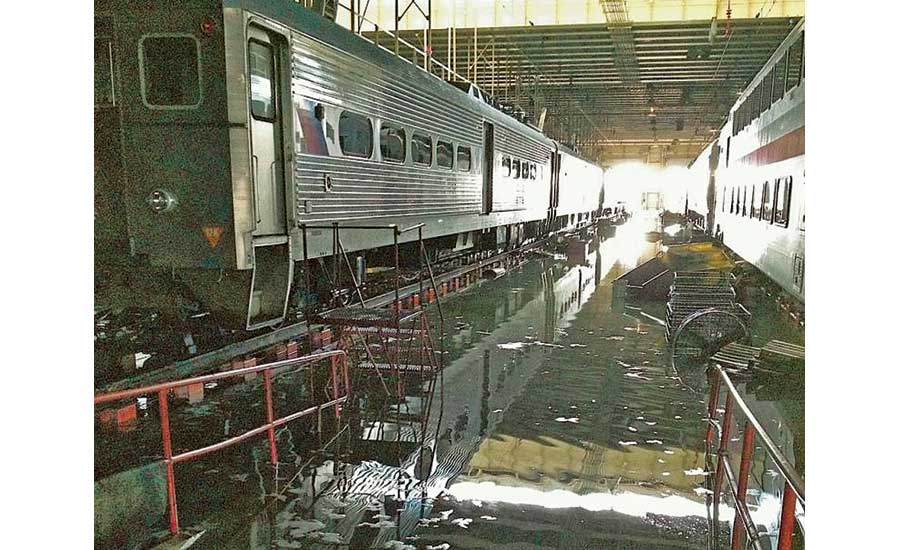New Jersey Transit is moving forward to implement the nation’s first microgrid tailored specifically to support public rail-infrastructure operations in case of a commercial power-grid disruption. The estimated $577-million project is one of five infrastructure-resiliency measures taken by the third-largest U.S. transit system since Superstorm Sandy in 2012, when its rail operations center was crippled for almost three weeks by flood damage to computer controls, backup power and emergency generation.
The system calls for integrating a new central natural-gas-fired power plant in Kearny, N.J., substations and advanced smart-grid control technologies into the existing electrical transmission-distribution network. Jacobs Engineering Group was awarded a contract on Jan. 4 for design and construction support, and to serve as owner’s engineer.
During normal conditions, NJ Transit’s microgrid will supplement power supplied from the Northeast’sregional commercial power grid. Should a major weather event or other emergency cause commercial grid failure or a brownout, the microgrid automatically will supply resilient power for traction, signals, switches and communications to allow the agency to maintain passenger operations on commuter rail lines connecting northern New Jersey to Manhattan. NJ Transit says the microgrid will require about five years to design, construct and commission. The project also includes resiliency-hardening of an Amtrak-owned substation for Northeast Corridor rail traffic.
The U.S. Energy Dept.’s Sandia National Laboratories developed the rail microgrid’s design using the federal agency’s risk-based Energy Surety Design Methodology assessment tool, also used to design advanced microgrids now operating at more than 20 U.S. military bases.
In addition to addressing NJ Transit’s immediate and long-term infrastructure resiliency needs, the microgrid will cost- effectively accommodate changes in grid configuration and technology, as well as the integration of other distributed energy resources, including renewable sources. Most of NJ Transit’s microgrid funding comes from $1.3 billion in federal monies, awarded in 2014 for infrastructure-hardening projects. They include replacement of the Raritan River Drawbridge, which serves the North Jersey Coast Line; flood protection for the Hoboken Terminal and railyard; rail-car storage facilities and upgrades to life-safety signal and communications systems.





